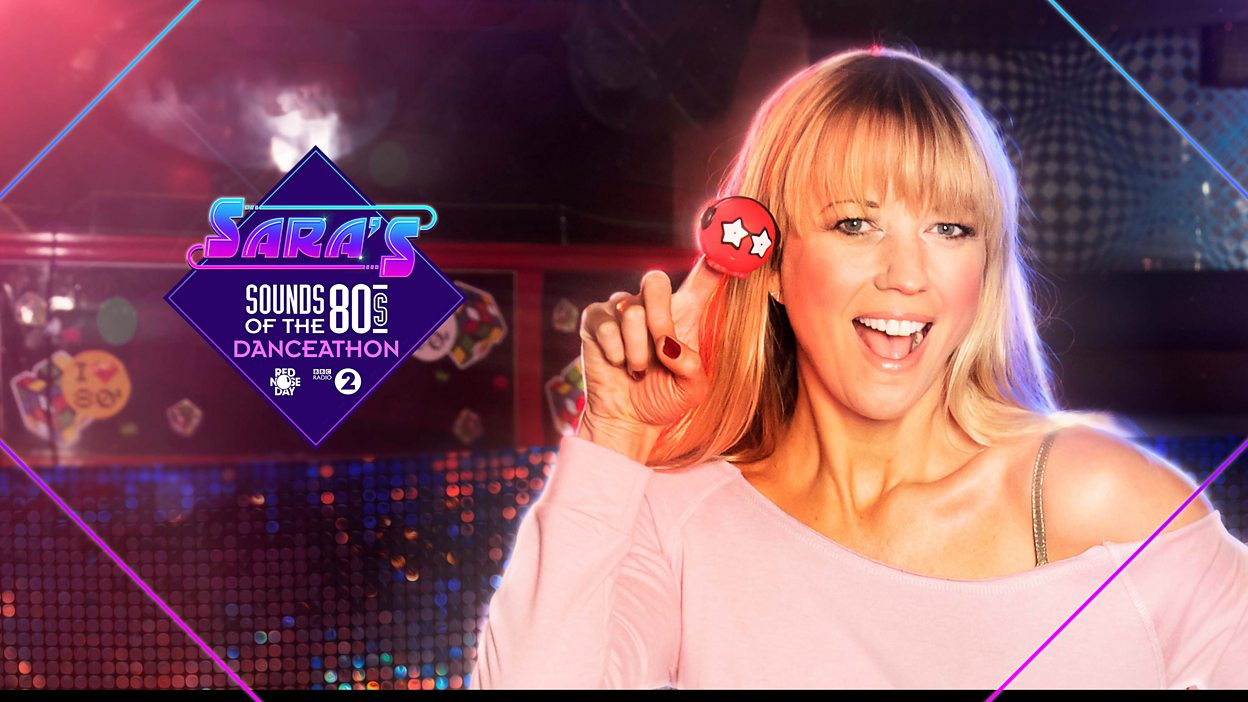

5 Live covers most major sporting events and also provides news, interviews and phone-in programmes.ĥ Live is publicly funded by the TV licence and has a regular audience of 5.2 million weekly. It was originally envisaged as a rolling news service but is now the main radio station for sport. The successor to BBC’s Radio 5, 5 Live launched in 1994 and now transmits on medium wave and DAB frequencies as well as over the internet and through various television providers. The station broadcasts a ‘Hall of Fame’ of the 300 most popular classical pieces each Easter weekend and generally has a mixture of populist talk and light classical music.ĭAB Frequency: 11D (UK except Scotland), 12A (Scotland) 7.
#Bbc hourly news audio plus
Music comprises a playlist of over 50,000 classical tracks plus some film scores that are more modern. Transmissions are via FM, DAB, the internet and various television providers, and there are around 5.6 million weekly listeners. It launched in 1992 and is a commercial station owned by Global Radio. The target audience is 15-34 year-olds, around 57% of listeners being within that age group.įM Frequency: 95-108 MHz (varies locally)Ĭlaiming to be the UK’s only 100% classical music station, Classic FM is also one of only three independent national radio stations in the UK. The commercial stations have a combined weekly audience of 7.2 million and provide a mixture of local and networked programming that features contemporary music and news bulletins, with local content being breakfast and drive-time shows. It broadcasts on FM and DAB frequencies plus via various television providers. There are also hourly news bulletins plus advertisements to finance this commercial operation.įM Frequency: 88-108 MHz (varies locally – see all frequencies here)Īnother member of the Global Radio group, Capital began in 1973 in London and has now developed across the UK to a total of twelve stations, two of which are franchised.

The stations aim for a mixture of ‘rhythmic and hot’ adult contemporary music, having changed from a softer style two years after launch. Transmissions are across various FM frequencies, depending on the area, and have a total of around 8.5 million listeners. Part of the Global Radio brand, Heart launched in 1994 in the West Midlands as the UK’s third independent regional radio station and now has 22 local stations across the UK, three of which are franchised. It now broadcasts on FM and DAB frequencies as well as via TV providers and online.ĭAB Frequency: 12B (225.648 MHz) 4. As a public service broadcaster, it is also required to provide news and offers hourly short bulletins and two 15-minute bulletins each day. To attract a younger age group, the station plays mainly current music through the day and more specialised new music at night. It was launched to attract audiences from the pirate radio stations of the day and has always claimed its target listeners are aged 15-29, although the actual average age of the almost 10 million listener audience is 33. This station began broadcasting in 1967 and has had 24-hour transmissions since May 1991. It also broadcasts the Shipping Forecast, which takes precedence over all other output.ĭAB Frequency: 12B (225.648 MHz) 3. Radio 4 started broadcasting in 1967 as a publicly funded station that replaced the BBC’s Home Service and is best known for programmes such as The Archers, Desert Island Discs, Today and The World at One. It is regarded as the BBC’s flagship radio station and generally broadcasts a mixture of news, documentaries and drama, plus some comedy, to 10.7 million listeners weekly. BBC Radio 4īroadcasting on FM, LW and DAB as well as online and via various TV providers such as Freeview, Sky and Virgin, Radio 4 is the UK’s second most popular radio station. Around 80% of listeners are aged over 35 (averaging out at around 54) although the station has started to attract a younger audience.ĭAB Frequency: 12B (225.648 MHz) 2. It has a broad playlist that ranges mainly from the 1960s to the present day and it also features current affairs items. Like all BBC stations, Radio 2 is publicly funded by the licence fee and doesn’t have any advertisements. It’s available on the internet as well as through TV providers and has broadcast continuously since early 1979. It now has a regular weekly audience of 14.3 million and broadcasts on FM and DAB.


 0 kommentar(er)
0 kommentar(er)
